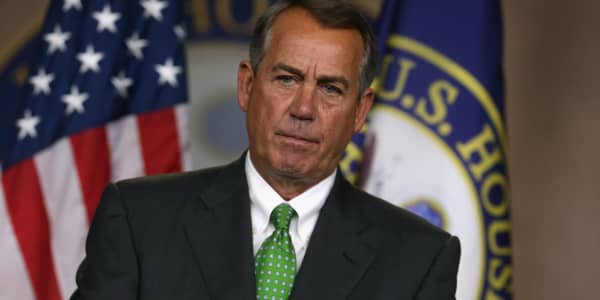For 15 years, The Fader magazine has been bringing The Fader Fort to the South by Southwest festival in Austin, Texas. The pop-up venue has hosted performances by artists such as Kanye West, Miley Cyrus Amy Winehouse, Kendrick Lamar and Rick Ross. It also has created opportunities for brands.
"If you think about the late '90s, brands and artists didn't really work well together," said The Fader's co-founder, Rob Stone, who was formerly vice president of promotions at Arista Records. "It was always considered a sellout at that point. We just created a really comfortable environment where artists trusted us because of our backgrounds, and brands were able to get integrated without feeling hokey or over the top."
As the publishing industry faces a crisis due to declining print pages and the growing threat of digital ad blocking, media companies are scrambling to find alternative sources of revenue. Partnering with brands to create events and parties — known in the industry as experiential marketing — is turning into a lucrative business.
The Fader Fort has evolved from a hotel room for bands to get beer and free pairs of jeans, courtesy of sponsor Levis, to an outdoor mini-festival in the middle of SXSW held on a 3-acre plot in Austin, featuring a variety of artists. This year, the event has expanded to six days of up-and-coming artists — two days of SXSW Interactive, thanks to co-sponsor Toyota, and four days of SXSW Music, courtesy of Converse. That's not to mention other brands that host spaces inside The Fader Fort, including Jack Daniels and Budweiser.
"We look to put our brand partners in front of consumers in really unique and authentic ways," said Fader co-founder Jon Cohen, who previously was vice president of alternative promotion at Sony/Columbia Records. "We always do it with an eye on what will enhance the experience of the people attending, and what will make a deeper connection for Converse, for Budweiser, for Toyota. How do they get to immerse themselves in the conversation that Fader has created around this event and what Fader Fort stands for."
Brands get insight into the publisher's readership and their likes, and for a lot of these media companies turned event planners they cater directly to millennials. Brands also get additional coverage outside of the event through the publisher's digital channels. The Fader Fort, for example, is live-streamed online as well as posted about on all of the company's social media accounts. And, publications get to create the dream events that their limited budgets may not have allowed them.
"Brands want digital media and they want events," said Pete Reisner, SpinMedia's vice president of national sales. "We offer scale and expertise in the events. It's hard, and we're one of the longest running in the festival space."
This year at SXSW, SpinMedia helped put together performances at the Bud Light Factory, helped organize the AXE Collective, and will work with presenting sponsors Bud Light and Harley-Davidson on their flagship SPIN at Stubb's event.
For the Bud Light partnership, SpinMedia worked with the company to bring in the musical talent for the showcases. In exchange, Spin offered content creation including news announcements on their sites as well as additional social and digital media coverage.
"(Events) have taken a bigger chunk of our go-to-market strategy," Reisner said. "It's definitely kind of snowballed for us in a good way because we're doing it so effectively, maybe even necessarily offset the kind of print revenue we used to get (since we went digital)."
It's not all large-scale parties, however. It could be a dance party of one. U.K.-based Mixmag, a publication dedicated to electronic dance music, scored a partnership with betaworks' weather app Poncho. People located in the SXSW area who use Poncho's alarm feature can wake up with a custom SXSW playlist created by Mixmag.
"Our long-term goal is to be the equivalent of the Weather Channel for the mobile generation," said James Cooper, head of creative at betaworks, which also owns products like bit.ly, Chartbeat, Giphy and Digg. "It's the next big generation of people, so in order to target those people, you've got to do something a little different."
Cooper pointed out that instead of working through an agency, which could have taken a while to get rights to music, Mixmag was able to pull the entire partnership together in two weeks. Because Mixmag is a publisher, it can seed out information about the Poncho partnership throughout its influencer network, meaning more press hits.
"I can understand what a brand needs to do in terms of their specific needs," said Ryan McKone, head of brand partnerships at Mixmag. "We're getting a lot of people asking us to curate music for their events and experiential things. We can take what we do and fine-tune it to the Poncho DNA, find their story within the dance electronic music space."








